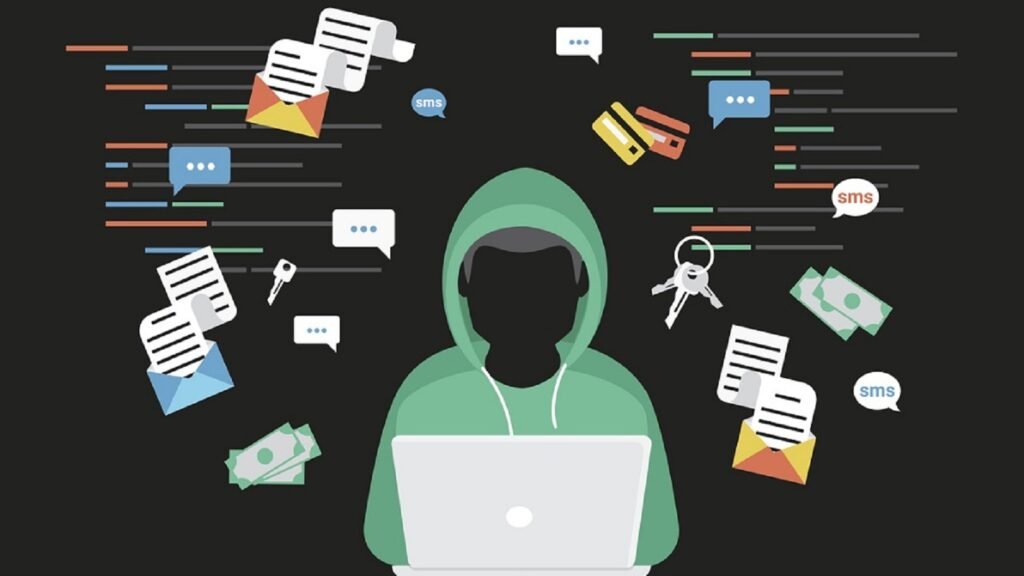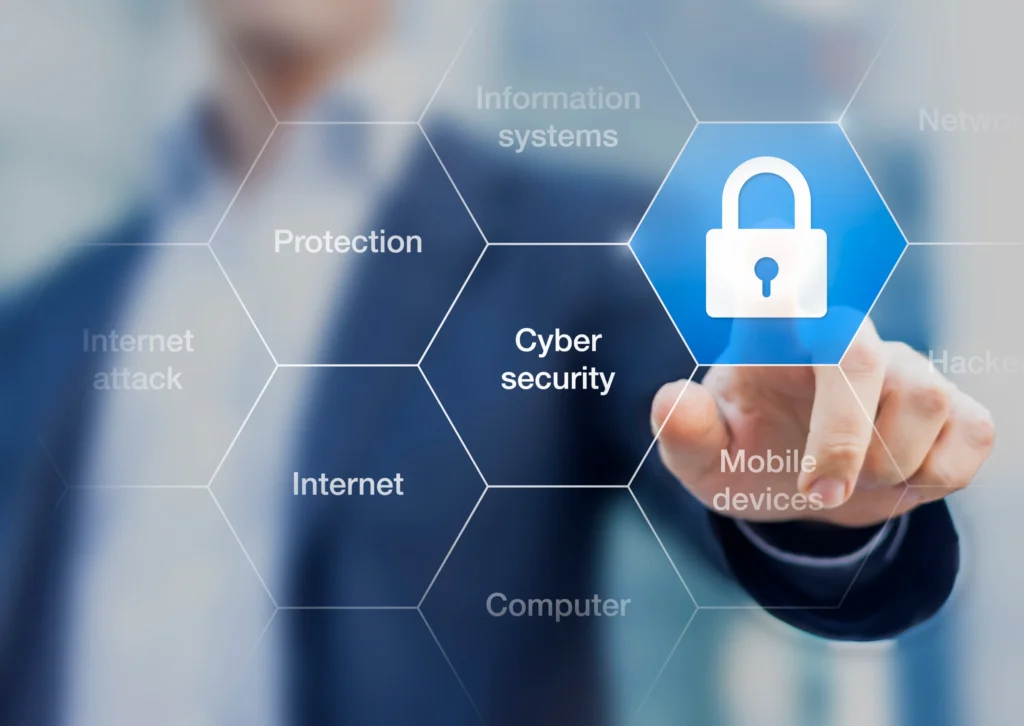Table of Contents
ToggleIntroduction to Cybersecurity Threats
Navigating the Complex Terrain of Digital Security
In an era defined by technological advancement and digital transformation, cybersecurity has emerged as a critical concern for individuals, businesses, and governments worldwide. The interconnected nature of our digital infrastructure has created unprecedented opportunities for innovation and collaboration, but it has also exposed us to a myriad of cybersecurity threats. Understanding these threats is essential for developing robust defense mechanisms to safeguard our digital assets.

The Landscape of Cyber Threats
Exploring the Diverse Spectrum of Cybersecurity Risks
Strategies for Cyber Defense
Building Resilient Defense Mechanisms Against Cyber Threats
- Malware Mayhem: The Persistent Threat of Malicious Software
Malware, short for malicious software, encompasses a broad category of threats designed to infiltrate and compromise digital systems. This includes viruses, worms, Trojans, ransomware, and spyware, among others. Malware can be distributed through various vectors such as email attachments, infected websites, removable media, or software downloads. Once deployed, malware can cause significant damage, including data theft, system corruption, and financial loss.
- Phishing Pitfalls: Understanding Deceptive Cyber Attacks
Phishing attacks involve the use of fraudulent emails, messages, or websites to trick individuals into divulging sensitive information such as passwords, credit card numbers, or personal data. Phishing attacks often exploit psychological manipulation and social engineering tactics to deceive unsuspecting victims. Common phishing techniques include email spoofing, spear phishing, and whaling attacks. Vigilance and awareness are critical in detecting and mitigating the risks posed by phishing scams.
- Insider Incidents: Mitigating the Risks of Insider Threats
Insider threats arise from within an organization and can be perpetrated by employees, contractors, or partners with authorized access to sensitive systems and information. Insider threats can manifest in various forms, including data theft, sabotage, fraud, or espionage. Mitigating insider threats requires implementing robust access controls, monitoring user activity, and fostering a culture of cybersecurity awareness and accountability within the organization.
- Advanced Persistent Threats (APTs): The Stealthy Adversaries
APTs are sophisticated and targeted cyber attacks carried out by skilled adversaries with specific objectives, such as espionage, data theft, or sabotage. APT actors often employ advanced techniques, including zero-day exploits, social engineering, and lateral movement within networks, to evade detection and maintain persistence. Detecting and defending against APTs requires a multi-layered security approach, including network segmentation, threat intelligence, and continuous monitoring and response capabilities.
ALSO READ THIS : Navigating Cryptocurrency Trends 2024
- Robust Security Infrastructure: Investing in Cybersecurity Solutions
Deploying comprehensive cybersecurity solutions, including firewalls, antivirus software, intrusion detection systems (IDS), and endpoint protection platforms (EPP), forms the foundation of effective cyber defense. Organizations should invest in cutting-edge security technologies and regularly update their defenses to mitigate evolving threats.
- Employee Education and Awareness: Empowering the Human Firewall
Educating employees about cybersecurity best practices and raising awareness about common threats is essential for building a strong human firewall against cyber attacks. Training programs should cover topics such as phishing awareness, password hygiene, secure browsing habits, and incident response protocols.
- Access Controls and Privileged Management: Restricting Access to Critical Resources
Implementing robust access controls and privileged access management (PAM) mechanisms helps limit the exposure of sensitive data and resources to unauthorized users. Organizations should enforce the principle of least privilege, granting users only the access permissions necessary to perform their job functions.
- Continuous Monitoring and Incident Response: Detecting and Responding to Threats in Real-Time
Implementing continuous monitoring and incident response capabilities enables organizations to detect and respond to cyber threats in real-time. This includes network traffic analysis, log monitoring, threat intelligence integration, and automated incident response workflows.

Conclusion: Strengthening Cybersecurity Posture in an Evolving Threat Landscape
Embracing a Proactive Approach to Cyber Defense
In conclusion, cybersecurity threats continue to evolve at a rapid pace, posing significant risks to individuals, businesses, and governments worldwide. By understanding the diverse spectrum of cyber threats and implementing proactive defense mechanisms, organizations can strengthen their cybersecurity posture and mitigate the risks posed by malicious actors. Vigilance, education, and collaboration are key to navigating the complex terrain of digital security and safeguarding our digital assets in an increasingly interconnected world.


